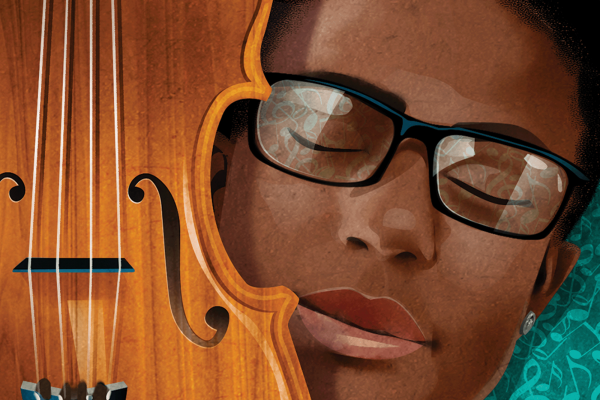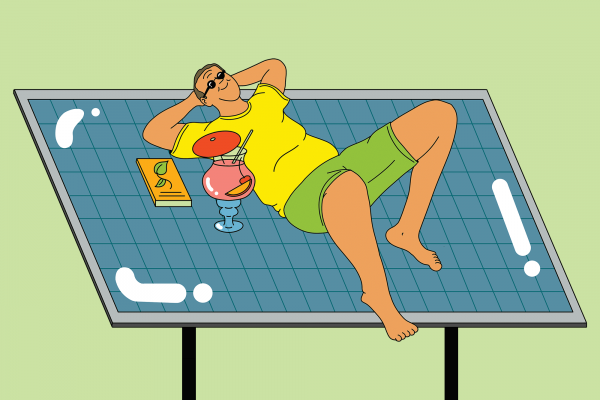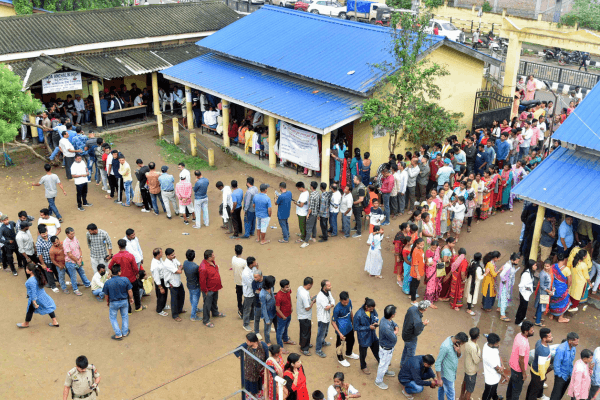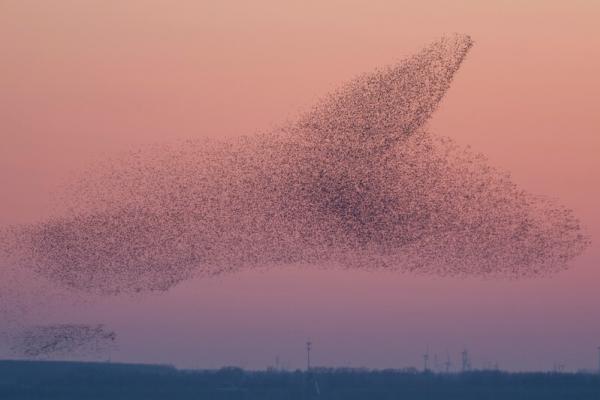In Lauren Groff’s newest novel, Matrix, monastic life in the High Middle Ages serves as a stunning backdrop for the story of Marie, a nun who feels “her greatness hot in her blood.” Marie arrives at an English abbey as a reluctant teenager, at the appointment of her queen, Eleanor, who expects Marie to become abbess and save the Crown from the public shame of a royal abbey where nuns die of starvation and disease.
Matrix is rooted in the Latin word mater, from which we get mother in English and matris, or womb, in Spanish. It’s a fitting window into a story which gives such ecstatic attention to the lives and bodies of women: female orgasm, female friendships and rivalries over the course of decades, the agony of birth, and many beautiful scenes of sapphic love. In one of my favorite scenes, Marie is in menopause: “… sleepless because the curse of Eve has been removing itself from her body in flames that cook Marie from the inside out.” She sneaks outside for the pond and is met by another nun. They swim and have sex, though Marie wouldn’t have called it that, convinced by another nun that these encounters are “an expression of the humors, not unlike bloodletting.” Marie’s next hot flash, at morning prayer, comes with a transcendent vision, in which she sees the heat from her body pouring outward, and landing, in different colors, on the heads of the other nuns: “The heat spreading from the body of one to the other is shared as all things in this abbey of women are shared ….” Marie comes to find great beauty in life at the abbey, and as abbess, she sees herself as a “womb” for her fellow nuns.
Another way of looking at the book’s title is to think of the abbey as the matrix, or structure, which shapes Marie, and enables her to make a mark on the world. When Marie arrives at the abbey, she considers herself to have “no godly vocation,” but within a few decades, Marie has shifted from finding Christianity “vaguely foolish” to a posture of intense — and female-centric — religious devotion. She has many visions of the Virgin Mary, and one vision in which Eve also appears, equally radiant. Eve and Mary kiss, and Marie reflects, in writing: “Thus they showed me that the war so often vaunted between them was a falsity created by the serpent to sow division and strife and unhappiness in the world.” As did many Christian women writers throughout history — Julian of Norwich, Christine de Pizan — Marie goes on to pad her words with explanations that would be more palatable for her contemporaries. Still, the radical undercurrent is present: There is no place where the sacred stops, and a woman in her full humanity is divine.
Inspired by a visitation from Mary, one of Marie’s first major projects as abbess is to build a labyrinth with a secret passage around the abbey to keep the sisters — who Marie calls her daughters — safe from the “corrupting world.” Clearly, though, Marie is also asserting and increasing her autonomy. Shrewd Queen Eleanor breaks decades of silence with Marie when she hears of the project, and says, “The labyrinth is being seen as an act of aggression. Women act counter to all the laws of submission when they remove themselves from availability.” Marie plows forward, though, and when she is done, thinks of how “she has shifted the world … This feeling is the thrill of creation...she understands that she is hungry for more.” When men from the community react to the project with a violent attack on the abbey, Marie — a former child crusader — responds slyly and with necessary force, in a scene that is brutal but grimly cathartic. Today, we need only look as far as current abortion bans or the struggles of nuns in recent decades to see how women creating their own lives — choosing their own pleasure, protection, and autonomy — is still seen as an act of aggression.
At a time when we are all too familiar with the deep roots of patriarchal religion, I found it profoundly satisfying to follow this story of a 12th-century woman shifting the world. Yet this satisfaction is complicated; Marie’s power often depends on the subjugation of her fellow women. “As abbess, she sees how dangerous a free-thinking nun could be … she keeps her nuns in their holy darkness… She justifies it by telling herself this is how she keeps her daughters in innocence. Hers is a second Eden.” Significantly, Marie never attempts to use her position of power for sexual coercion; there is a scene, long after her appointment as abbess, where she sees one nun, Nest, forming a bond with a new arrival and reflects wistfully that she will no longer be able to turn to Nest for an “expression of humors.” However, Marie does sometimes misuse her authority; other times she fails to assert it justly.
In the most harrowing section of the book, Marie allows a teenaged nun, Avice, to be beaten and shamed for a pregnancy — a hypocritical move, for it is implied that Marie herself has slept with Avice. Later Marie offers compassion, holding Avice’s hand at the birth where both Avice and her baby die — a display that earns disapproval from fellow nuns, but is not enough to absolve her in the eyes of contemporary readers.
The book does not offer the sense that women in power exhibit a pure, innocent brand of leadership, and for all of her good qualities, Marie lacks a willingness to lean into self-awareness of the ways she causes harm. Near the end of the novel, there is a moment when Marie seems to grasp the environmental destruction caused by her projects at the abbey, but even this epiphany is general rather than specific: “In the end, the earth will crack and the wicked will be cast into the lake of fire. Marie suspects this fiery end would be the stone and the soil and the waters of the earth itself, through human folly and greed made too hot for it to be willing to bear any more life upon its back.”
Though Marie’s projects do uplift her fellow nuns and the surrounding community, there is also always a human cost. When, as an old woman, Marie’s final project leads to the death of one of the people she loves most, Marie has a rare moment of unguarded introspection: “Her endless hunger ate up the daughter of her spirit … Her actions always in reaction to the question of what she could have done in the world, if she had only been given her freedom.” It is painfully clear that there is another matrix, outside the abbey, which shapes all Marie has done.
The world has changed since the 12th century, but we still do meet female greatness with violence and suspicion. This book offered me many gifts, but one was this: a deep, soul-yearning to make a different kind of matrix for the generations to come — a world that will meet female creativity and female hunger with yes! and amen!
Got something to say about what you're reading? We value your feedback!







